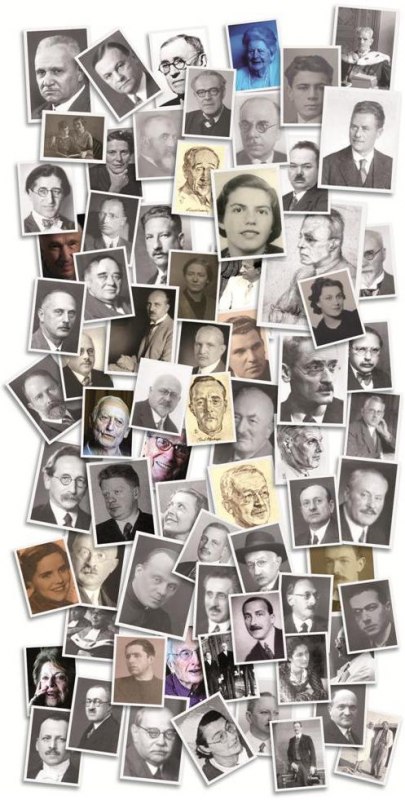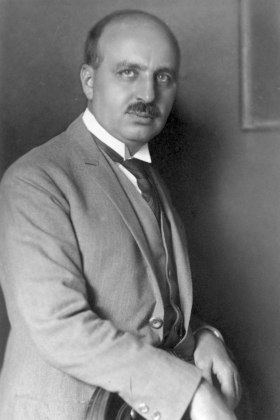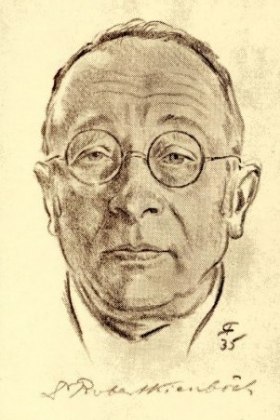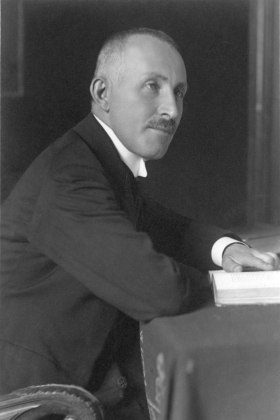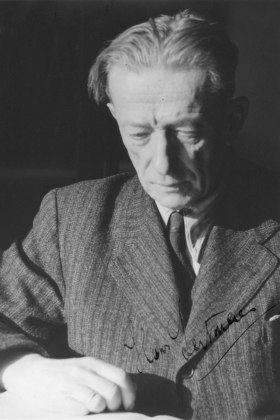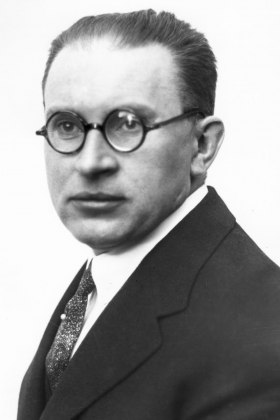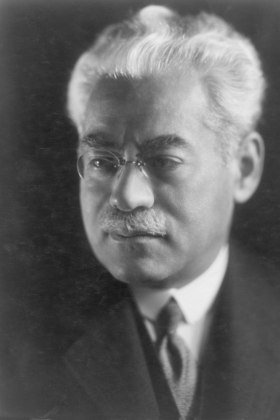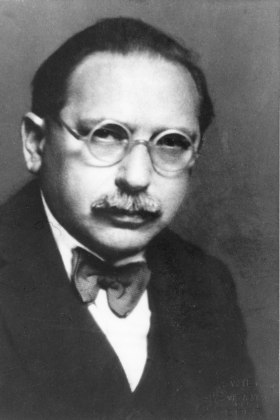Expulsion of teachers and students in 1938
More than 2,700 mainly Jewish members of the University of Vienna (professors, lecturers, students and administrative employees) were expelled in 1938. It happened quickly and smoothly, based on the same process that had been used in Germany before that, but much faster – in only a few months – and under active participation by the students, officials and professors that were sympathetic to National Socialism.
In the course of the National Socialist reorganization of the University of Vienna in 1938, around 350 teachers (professors, university- and private lecturers) were persecuted and displaced, more than 200 of them for “racial” and 130 for “political” reasons. In the first days after the “Anschluss” several unwanted employees were arrested or suspended. On March 22, 1938, all approved professors and associate professors were sworn to Hitler, with people who were classified as “Volljuden” (“full Jews”) or “Mischlinge” (“half-breeds”) with three Jewish grandparents and/or who were known political enemies, being excluded.
The systematic registration and “purification” of the teaching staff, eliminating politically or “racially” unwanted elements, was done after the referendum on April 10, 1938, on the basis of lists compiled by the deans’ offices. In May 1938 the Nuremberg Laws from 1935 came into force, as did the decree to “reorganize the Austrian civil service system” – the counterpart to the German “Gesetz zur Wiederherstellung des Berufsbeamtentums” (“law for the restoration of the civil service system”) from 1933.
Romance philologist Elise Richter, the first woman to habilitate at the University of Vienna, physicist and Nobel Prize laureate Erwin Schrödinger (1938 honorary professor of the University of Vienna), physicist Hans Thirring, chemists Hermann Mark and Friedrich Feigl, mathematician Kurt Gödel, , and dental specialist Bernhard Gottlieb, to name just a few, were removed from office. This wave of expulsions hampered scientific development in Austria for decades, particularly in some younger disciplines that had begun to develop in inter-disciplinary spheres on the university’s fringes or outside of university structures, such as sociology or the circle in psychology around Karl Bühler and Charlotte Bühler
The radical loss of personnel could only partially be compensated; the re-staffing process was largely finished as late as 1941, offering some, mainly young, academics willing to adapt great career chances.
Of the 9,180 students at the university in the winter semester of 1937/38, 42 percent left the university in 1938 – 23 percent did not leave voluntarily. 2,230 students were expelled as “Jews”. Most managed to flee, but more than 90 of them were later murdered in the Shoah. On March 29, 1938, it was decreed that one had to declare under oath not to be Jewish when enrolling and that Jewish students were no longer accepted at the university. Already finished enrolments were declared void. Jewish students were also no longer allowed to attend graduation or doctoral exams.
On April 23 – two days before the university was formally reopened – a numerus clausus of two percent was implemented for Jewish students (a tenth of the former number). The names of Jewish students were given to the Gestapo to check whether “individual people should be arrested”. On April 24 Jewish students were prohibited from entering the university. In June and October a few Jewish students were allowed to attend humiliating “non-Aryan doctoral exams”, before they were completely banned from studying and graduating in the fall of 1938. In the winter semester of 1938/39 the numerus clausus for Jewish students was reduced to one percent, after the Reich Pogrom Night on November 11, 1938, the ban on Jews studying was put into effect.
Finally, in December, all special provisions for Jewish professors were rescinded, and the universities were declared “free of Jews” at the end of 1938. About 200 Jewish students who were close to the end of their studies were able to graduate in the course of the discriminatory “non-Aryan doctoral exams” in 1938. So-called “Mischlinge” (“half-breeds”) in the National Socialist race typology represented a “special case”, in which students partially had the opportunity to continue or even finish their studies under National Socialism – however always under discriminatory circumstances. Numerous Jewish graduates were decreed “unworthy” of a doctorate and the titles were revoked retroactively.
Many of the expelled people were later deported to concentration or extermination camps and murdered, others had to start a new life after emigrating or felt forced to end their own lives.
Articles
- Actors
- Anti-Semitism at the University of Vienna
- “Furor teutonicus and racial hate”
- Student corporations in the 19th and 20th century
- The “Bärenhöhle” – a secret anti-Semitic group of professors in the inter-war period
- The Gleispach’sche Studentenordnung (Gleispach Student Regulation)
- Terror against the Anatomical Institute of Julius Tandler
- Expulsion of teachers and students in 1938
- The de-Nazification of the professorate at the University of Vienna
- Students and teachers as political actors in the 19th and 20th centuries
- Student corporations in the 19th and 20th century
- Terror against the Anatomical Institute of Julius Tandler
- Dismissal of political enemies at the University of Vienna during Austrofascism
- Expulsion of teachers and students in 1938
- External restructuring by the “Führer-principle” and National Socialist officials
- The de-Nazification of the professorate at the University of Vienna
-
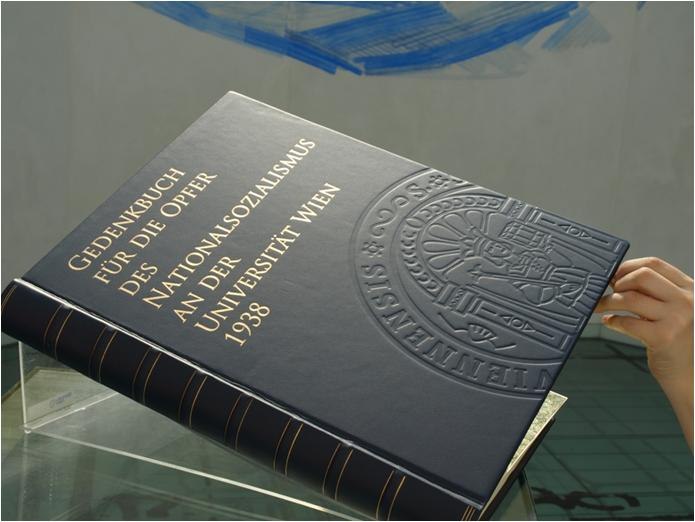
Gedenkbuch für die Opfer des Nationalsozialismus an der Universität Wien 1938, Außenansicht
Das 2009 präsentierte „Gedenkbuch für die Opfer des Nationalsozialismus an der Universität Wien 1938“ enthält als Ergebnis langjähriger Recherchen...
Last edited: 12/05/24
-
Elise Richter
-
Erwin Schrödinger
-
Hans Thirring
-
Hermann Franz Mark
-
Kurt Gödel
-
Karl Bühler
-
Charlotte Bühler (geb. Malachowski)
-
Robert Kienböck
-
Richard Balthasar Wasicky
-
Stephan Brassloff
-
Hans Leitmeier
-
Felix Mandl
-
Josef Hupka
-
Karl Beth
-
Julius Bauer
-
Leopold Arzt
-
Bernhard Gottlieb
-
Anna Simona Spiegel-Adolf
-
Ernst Peter Pick
-
Franz Arnold
-
Hans Popper
-
Karl Fellinger
-
Helene Wastl
-
Norbert Jokl

